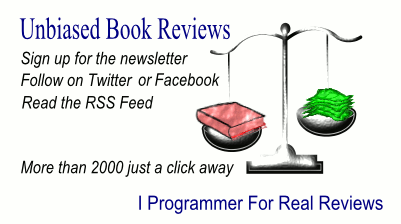| Driving Technical Change |
|
Author: Terence Ryan Reviewed by: Sue Gee Is a book about office politics that relates to the software industry and talks its language - a useful resource? The subtitle of this book is "Why people on your team don't act on good ideas, and how to convince them they should" and the two core sections of book present two sets of patterns. Skeptic Patterns characterise the people who are resisting the changes you propose and then Ryan gives patterns for the techniques that can be used to counter their resistance.
Before embarking on these patterns there's a short introductory Part I in which Ryan defines the problem. Then in Part II, he presents "resistance patterns" with one for each of seven potential "types" of person: The Uninformed, The Herd, The Cynic, The Burned, The Time Crunched, The Boss, and The Irrational. In each case there is a scenario to set the scene and explain why the stereotype is resisting the proposed technology followed by a review of underlying causes. Then comes a section Effective Countering Techniques (which points to chapters in the next part) and a short Prognosis which sums up how you can win in the situation. Part III adopts a equally formulaic approach. Nine techniques for overcoming users' objections are outlined based on the use of expertise, communication, compromise, trust and so on. The chapter titles are fairly explicit:
Each of these techniques has a scene-setting introduction followed by a section "Why does it work" Ryan also indicates which of the groups of sceptics that the technique counters and pitfalls you might encounter. Part IV has the title "Strategy" and draws on both the patterns of resistance and the techniques for countering them. A skeptic/technique matrix is included before developing a four-plank strategy:
The book rounds out with Final Thoughts that draw on the author's experiences. Learning from others is undoubtedly a good way to develop the soft skills you need to work in a team or manage a team and reading (or dipping into) this book may well prove a useful short cut. It relates to the software industry and talks its language.
|
|||
| Last Updated ( Thursday, 06 January 2011 ) |
